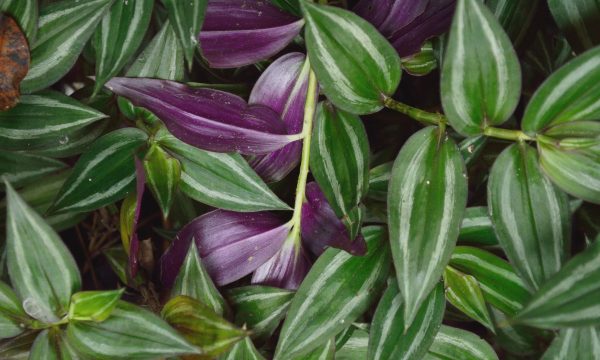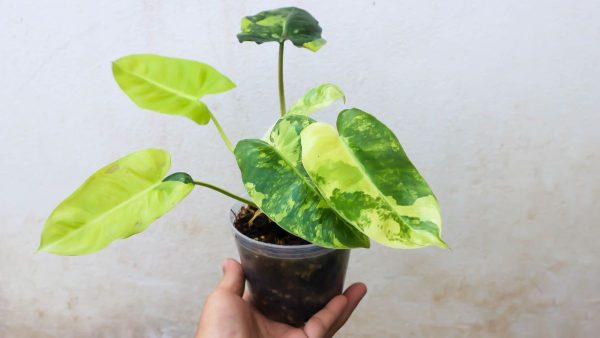Calla lilies are known for their elegant, trumpet-shaped blooms that have graced many houses and wedding bouquets.
But these graceful plants are also relatively easy to care for, even for less experienced green thumbs.
But still, you should have information about growing and caring for them.
In this guide, I will walk you through steps to grow Calla Lily and how to take care of them.
How to Grow Calla Lily from Seeds?
Calla lilies, like all plants, have their preferences when it comes to their growing conditions.
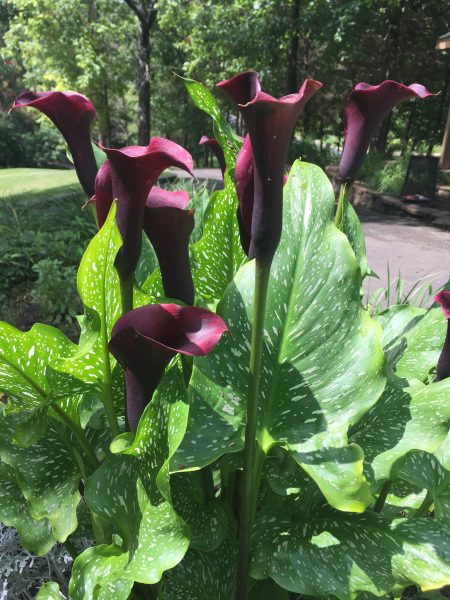
Therefore for successful germination ensure that you replicate these conditions when growing Calla lilies.
Step 1: Conditions for Growth
1. Environment and Temperature
Calla lilies want warm conditions. When growing from seeds, you’ll want to maintain a warm environment for germination.
A consistent temperature between 70-85°F (21-29°C) is ideal. Planting your seeds in late winter to early spring indoors will allow you to control these conditions easily.
2. Soil and pH
The soil for calla lily seeds should be light and well-draining, resembling a sandy consistency.
Aim for a pH level around 6.2 to 6.5, slightly on the acidic side.
Use a mix of peat, perlite, and sand because it can provide an ideal medium, ensuring good aeration and drainage.
3. Light
Calla lilies also require light for healthy growth.
For seeds, you’ll need to have a balance between receiving enough light for photosynthesis without drying out the germinating seeds.
A sunny windowsill or grow lights positioned at a moderate distance should be enough.
Step 2: Sowing Calla Lily Seeds
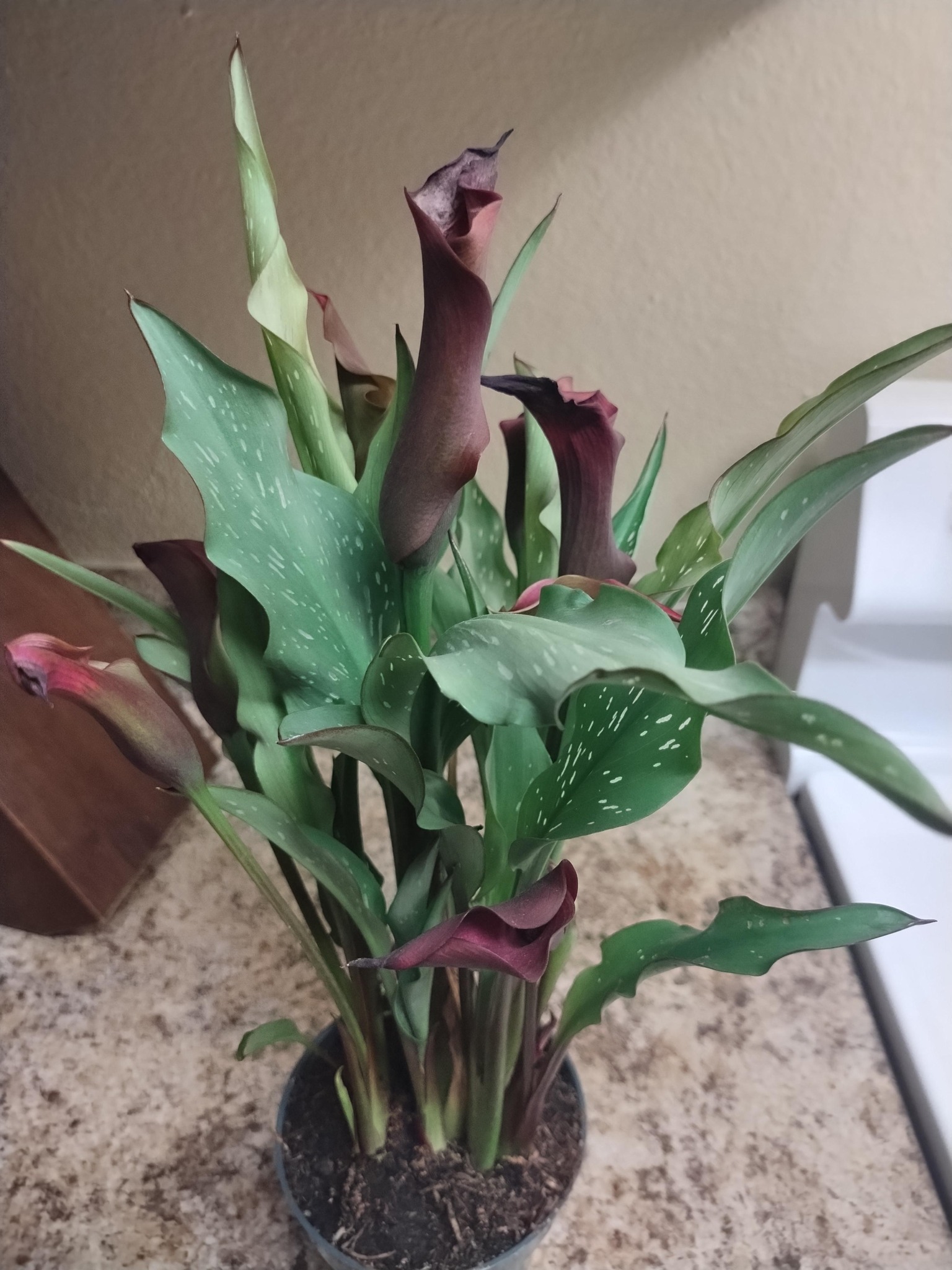
Here’s how to successfully sow your calla lily seeds.
1. Hydrating the Seeds
To encourage the seeds to break dormancy, start by soaking them for 24 hours in a bowl of water.
This will soften the seed coat and prepare it for germination. Use room temperature or slightly warm water.
2. Planting the Seeds
Fill your chosen pots with the prepared soil mix. Create shallow depressions approximately ¼ inch deep and plant the seeds. Cover the seeds lightly with the soil.
3. Germination
Place the newly planted seeds in a warm location with indirect sunlight.
Consistently moisten the soil without over-watering. You can cover the pots with plastic or a clear plastic dome to maintain humidity levels.
Check the soil regularly and supply additional water as needed to keep it uniformly damp.
Step 3. Transplanting Calla Lily into Garden
When your calla lily seedlings have reached a size of 4 to 6 inches with at least a couple of mature leaves, they are ready to make the transition to the garden.
1. Choosing the Perfect Spot
Select an area of your garden that receives partial to full sunlight. Soil should be organically rich and well-draining.
Space your plants about 12 to 24 inches apart to give them room to grow and provide the necessary airflow.
2. Preparing the Bed
Before planting, work the soil with organic matter to improve its fertility and structure.
You can enrich the soil with compost or well-rotted manure. Ensure the soil is well-draining by adding sand or perlite if necessary.
3. The Planting Process
Dig holes sized to accommodate the roots of your calla lily plants. Gently place the plants in the holes at the same depth they were in their containers or garden beds.
Backfill with soil, lightly patting it around the roots to remove air pockets. Water thoroughly.
How to Care for Calla Lilies Until Bloom
Your calla lilies are now settled into their new house, but the work is far from over.
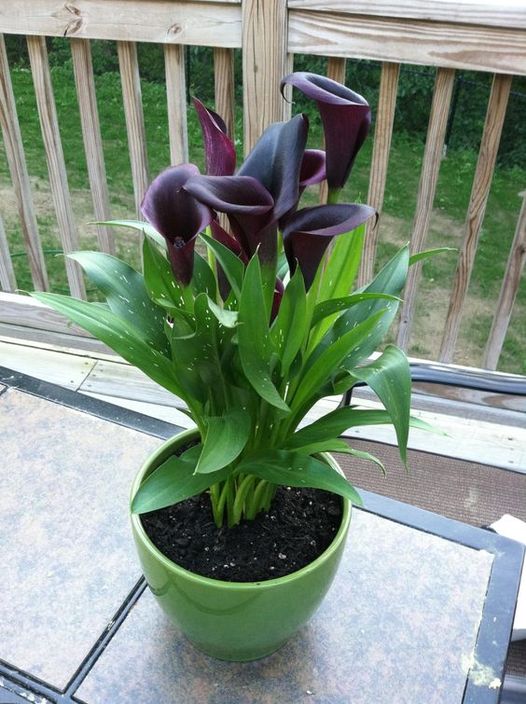
1. Watering
Calla lilies require consistent moisture, so the soil should never become dry.
During dry spells, deep watering about once per week should be enough.
2. Fertilization
Fertilize your calla lilies every three weeks during the growing season with a balanced, all-purpose fertilizer.
Avoid fertilizing when the plant is not actively growing to prevent root burn.
3. Pruning and Deadheading
Daily prune away dead or yellowing foliage. Once flowers are spent, deadhead them by cutting the stem back to the base to get further flowering.
4. Pest and Disease Management
Keep checking your calla lilies for pests such as aphids or spider mites.
In the case of an infestation, treat with insecticidal soap. Keep an eye out for signs of fungal diseases and treat promptly with a fungicide to prevent spread.
